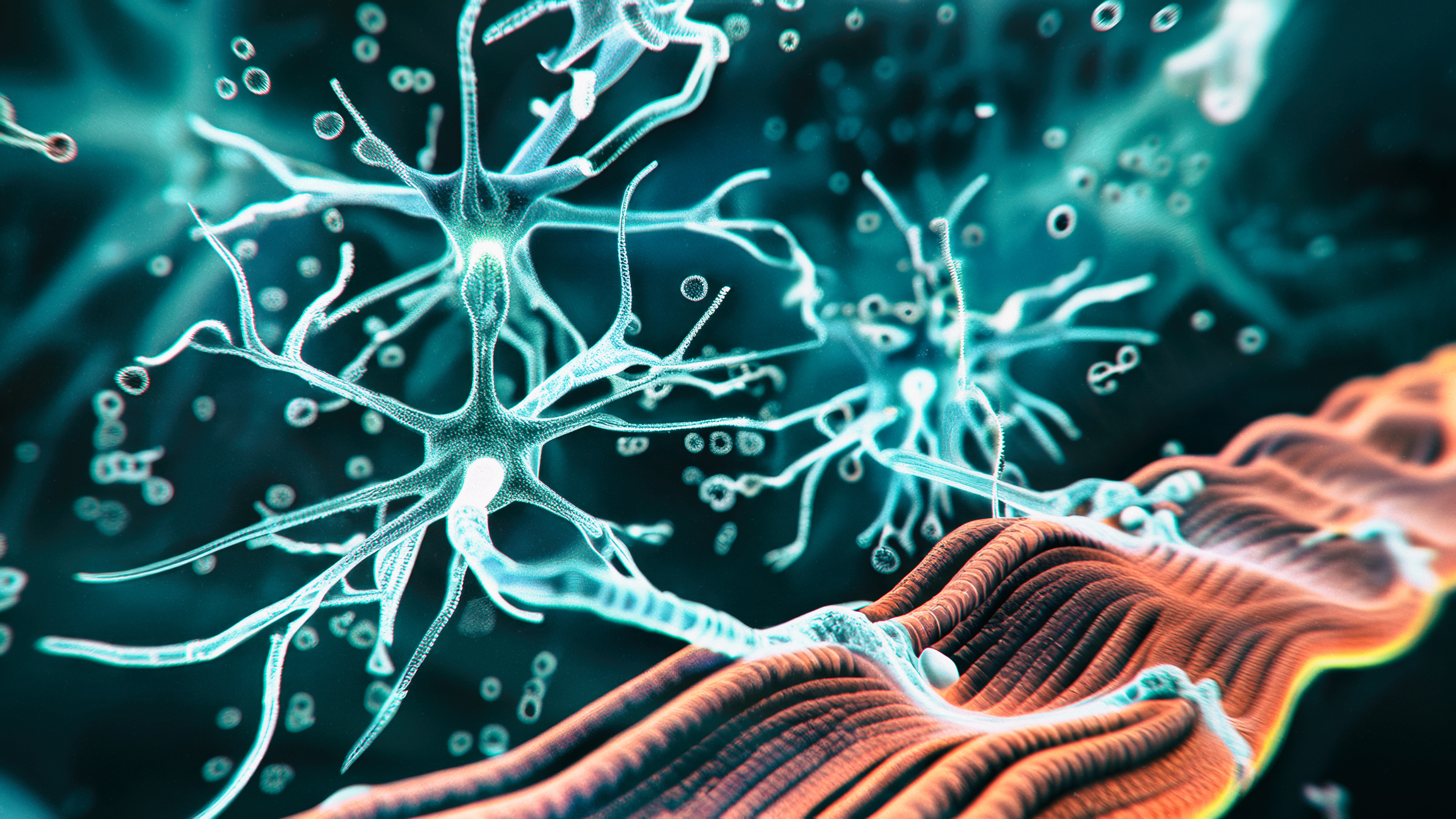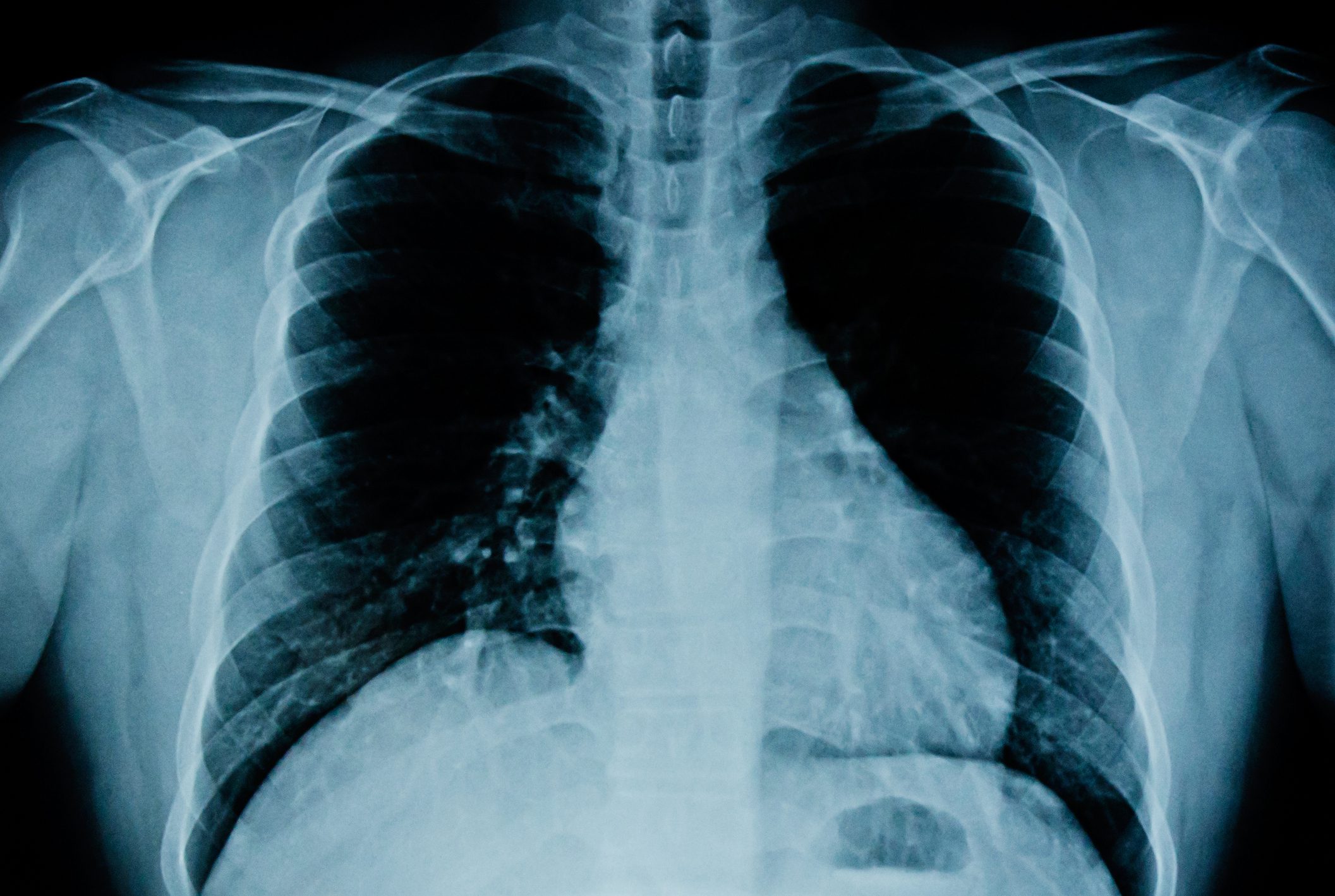Interdisciplinary networking and personal exchange of experience are essential for international cooperation. Around 5500 participants took part in the DGHO in Basel. The largest congress for the specialist field in the German-speaking world offered a comprehensive scientific and training program that clearly demonstrated the rapid growth in knowledge in the diagnosis and treatment of haematological and oncological diseases.
The basic tenor of the annual conference was an open discussion of current research findings and learning from each other in interdisciplinary and interprofessional platforms. One focus was on developments in the field of artificial intelligence (AI). In haematology and medical oncology in particular, AI has great potential for making diagnoses more precise and optimizing therapeutic approaches, and for making ‘personalized medicine even more personalized’. The participating experts discussed how the new possibilities can be used in clinical practice – from early detection to individualized therapy. With a view to this year’s awarding of the Nobel Prizes in Physics and Chemistry to pioneers in AI research, Prof. Dr. med. Jakob Nikolas Kather, Professor of Artificial Intelligence in Medicine at the Faculty of Medicine and Faculty of Computer Science at the Technical University of Dresden and Chairman of the DGHO Working Group on Artificial Intelligence in Haematology and Oncology, said: “The award-winning research results underline the enormous importance of this technology for medicine and open up new avenues for individualized therapies that specifically target molecular mechanisms in cancer cells.”
Breast cancer and AI
For example, one study evaluated the impact of an AI-driven platform on several key aspects: the alignment of patients’ pre-treatment and post-treatment expectations, aesthetic outcomes, patient satisfaction, satisfaction with body image, utilization of health resources and overall quality of life [1]. A major challenge was the integration of various functionalities into a multilingual platform. The CINDERELLA approach is integrated into the CANKADO electronic health record (EHR) system. Healthcare providers access the application via the internet, while patients use a special smartphone app. The study, which began in April 2024, has so far enrolled 352 of the planned 1030 patients (34%). Of these, 174 (49%) have been assigned to the intervention group and 178 (51%) to the control group. The full results are therefore still pending, but the potential of the CINDERELLA approach to revolutionize patient engagement and treatment optimization in breast cancer care is promising.
Effects of stem cell transplantation
In allogeneic hematopoietic stem cell transplantation (alloHSCT), stem cells from an HLA-matched donor are transferred to a patient to replace the hematopoietic system and destroy remaining tumor cells, which is known as the graft-versus-leukemia (GvL) effect. However, donor T cells can also attack healthy, non-hematopoietic tissue and cause graft-versus-host disease (GvHD). Two groups of HLA-II-restricted antigens have been identified whose behavior differs from HLA-DM. DM-resistant antigens are presented when HLA-DM is expressed, whereas DM-sensitive antigens require inhibition of HLA-DM by HLA-DO. Due to the selective expression profile of HLA-DO, DM-sensitive antigens cannot be presented on non-hematopoietic tissues, even under inflammatory conditions. Since HLA-DP is often mismatched in unrelated donor transplants, it has been hypothesized that CD4+ T cells targeting DM-sensitive antigens in a mismatched HLA-DP allele may be an effective way to achieve a GvL effect without inducing GvHD [2].
To identify T cells that recognize DM-sensitive antigens, isolated CD4+ T cells from an HLA-DP mismatched donor were co-cultured with HeLa + li + HLA-DP. Activated T cells were isolated by CD137 expression and clonally expanded. T cell clones were characterized by analyzing their recognition against HeLa + Ii +/- HLA-DP +/- HLA-DM, malignant hematopoietic cell lines, EBV-infected B cells and their cytokine profile. To investigate whether the number of T cells targeting DM-sensitive or DM-resistant antigens correlates with clinical outcomes, the frequencies during allogeneic HSCT were analyzed. Individual clones were isolated from 4 donors and their frequencies were measured over time by RNA sequencing. In addition, the relative frequency of these clones was monitored in 35 patients during the course of the disease using flow cytometry. Of 105 T-cell clones isolated from 9 donors, 79 were directed against DM-sensitive antigens. T-cell clones show recognition of malignant hematopoietic cell lines and DM sensitivity was confirmed by the dependence of T-cell activation in the presence of HLA-DO. Tests against EBV-LCL from different donors confirmed the recognition of monomorphic antigens, suggesting potential clinical applications.
Congress: Annual meeting of the DGHO, OeGHO, SGMO and SGH
Literature:
- Schinköthe T, et al: The CINDERELLA APProach: Artificial Intelligence empowered Shared-Decision-Making in Breast Cancer Surgery. V83. DGHO 2024.
- Korn K, et al: Identification of CD4+ T-cells targeting DM-sensitive antigens presented on mismatched HLA-DP alleles, as mediators of a selective graft-versus-leukemia effect. V114. DGHO 2024.
InFo ONKOLOGIE & HÄMATOLOGIE 2024; 12(6): 18 (published on 11.12.24, ahead of print)












